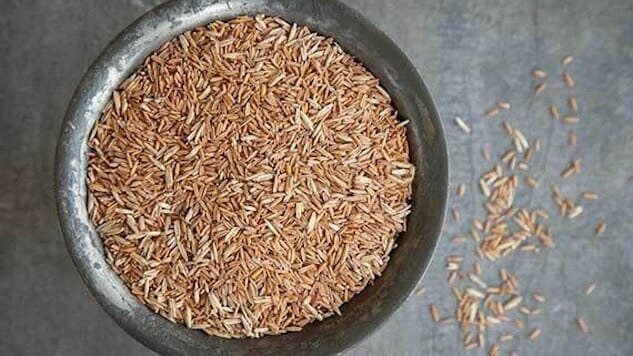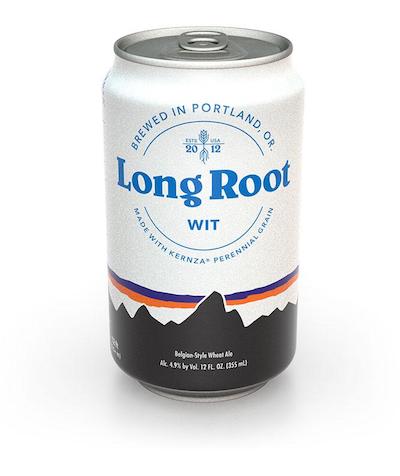Patagonia Wants to Save the World One Beer at a Time
Photos via Patagonia
Typically, when a non-beverage-focused brand announces that they’ve released their own line of craft beers, the move feels like a play at hipster vanity and best, and a desperate grasp to play in the waxing/waning world that is the modern beer movement at worst. But when that company is Patagonia, all presumptions disappear. This is the brand, after all, that dedicated their entire home page to protest the Trump administration when it announced a drastic reduction of Utah’s Bears Ears National Monument. Rather than pushing retail, the site portrayed a direct, stark message: “The President Stole Your Land.” It’s decisions like this throughout Patagonia’s 45-plus-year history that has helped the brand shrug off the old “Pata-gucci” dismissals to become one of the most relevant “activist companies” operating today, an identity that stretches from politics to recycle-and-repair apparel programs to eco-friendly product creation.
But the brand isn’t all waterproof layers, somber buzz kills, and business—as evidenced by the introduction of their damn beer. Mind you, this foray into craft brewing still aligns with Patagonia’s pro-environment standards. Part of the company’s Patagonia Provisions food/beverage line, they recently unveiled their second beer, the Long Root Wit, which is now offered alongside the Long Root Pale Ale, both served in 12-oz. cans adorned with the brand’s iconic mountain silhouette logo.

-

-

-

-

-

-

-

-

-

-

-

-

-

-

-

-

-

-

-

-

-

-

-

-

-

-

-

-

-

-

-

-

-

-

-

-

-

-

-

-









































